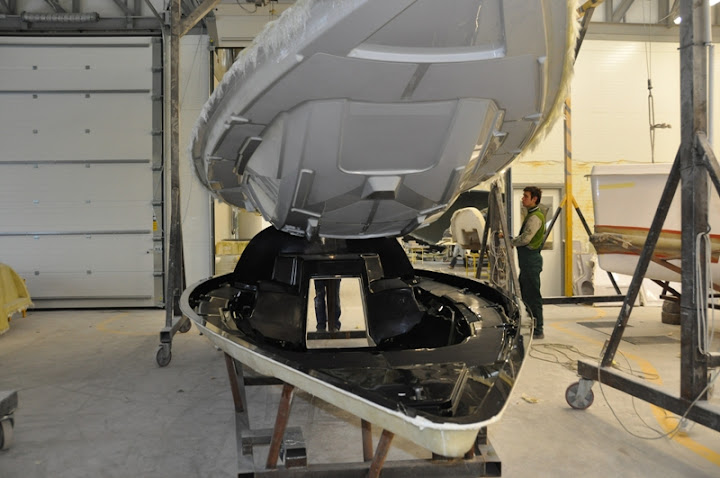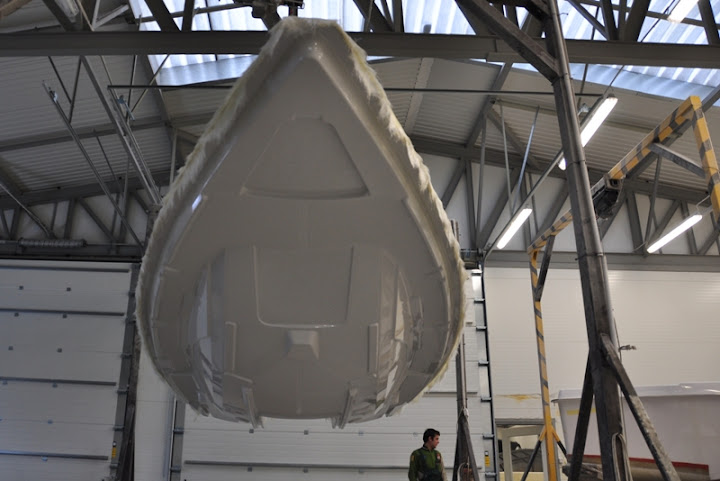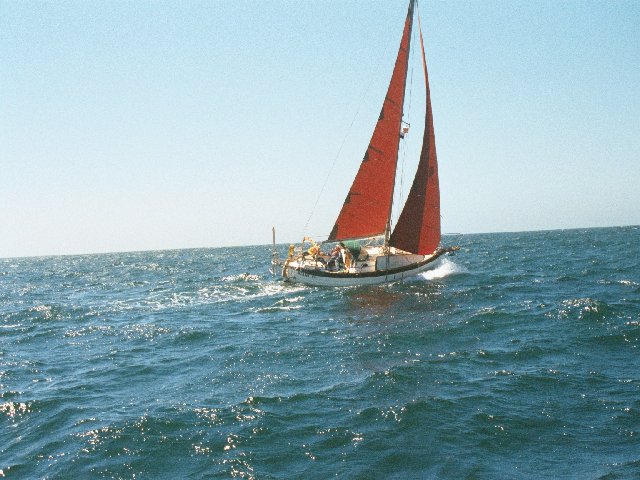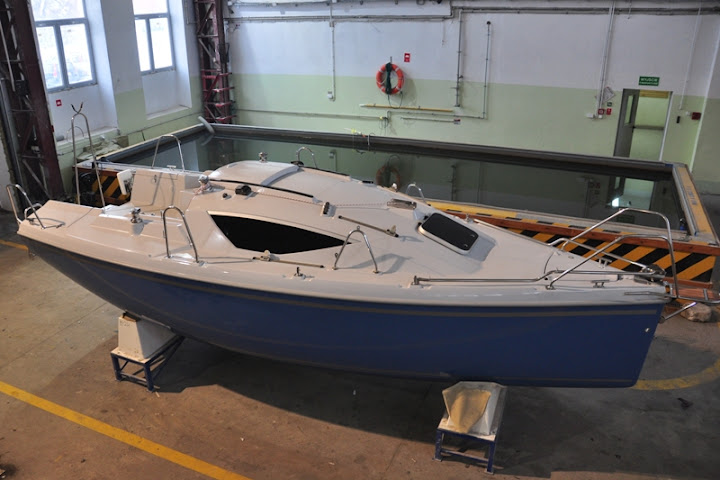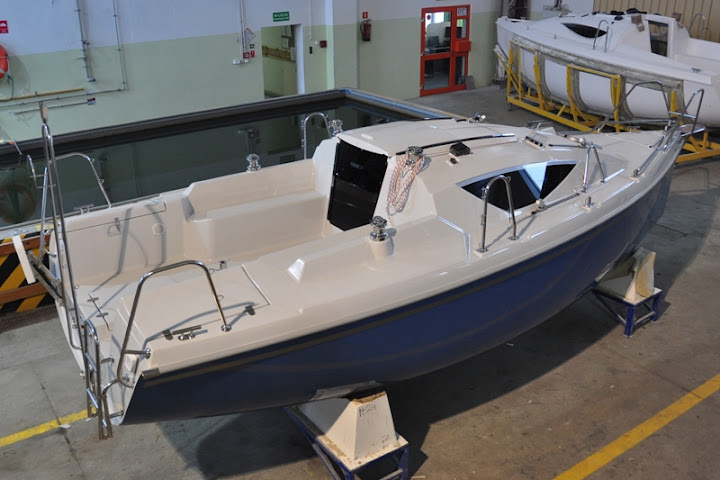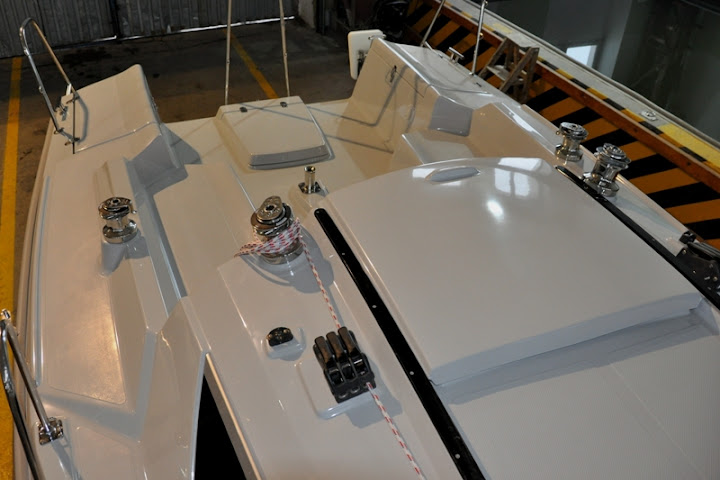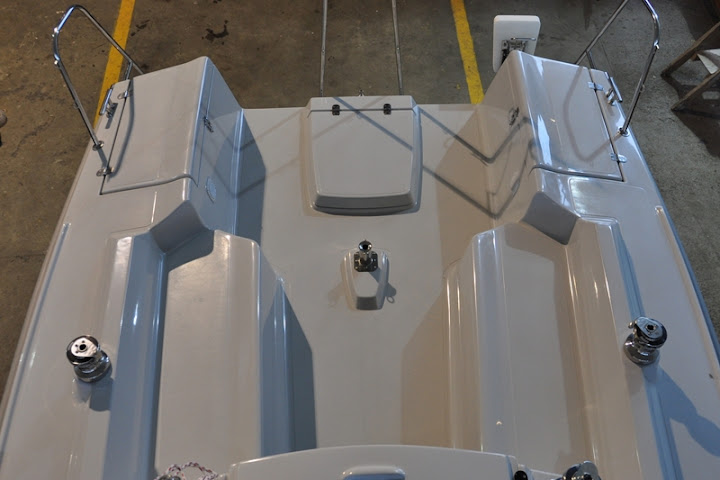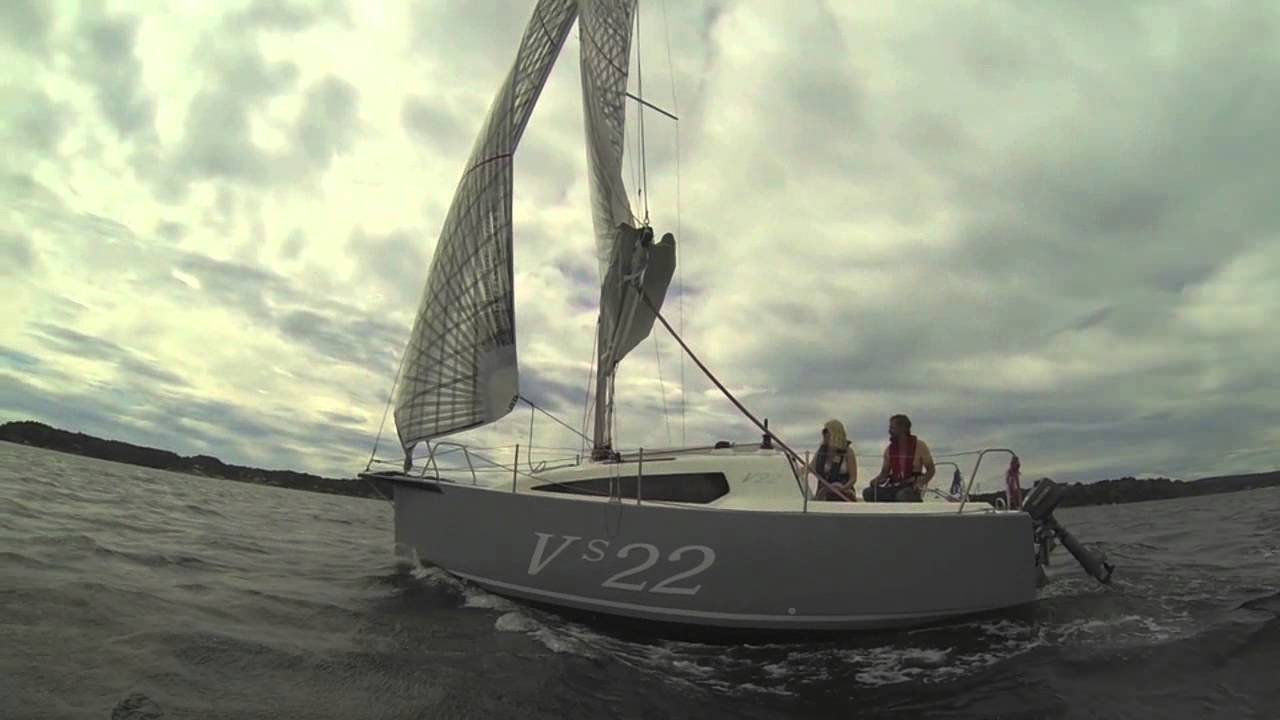Depend on what you mean by 'safe'. Like I said, the ISO spec (and other seaworthiness specs) is based on a boat's ability to resist capsize. Large waves capsize boats. The smaller the boat, the smaller the definition of a 'large wave'. So as a fundamental rule, longer boats resist that better than small ones. Now you can improve the CZ curve on small boats, but they still will go over in the big enough wave. They will normally pop back over, but the damage is done. Rig gone, and the cabin in utter chaos.This brings up another question, how much does a particular size boat need to weigh to be considered safe off shore? Actually its not so much the weight, as the position of the CG vs the CB. If we can get the CG down deep, and the CB up, our righting moment will be real good. Then we just need to get the strength into the hull. Someone said carbon will shatter, so what about a composite hull, fiberglass over carbon fiber? Lead swing keel with a heavy bulb section?
Another thought, which the TES 24 inspired. All these boats have protruding cabins from what would otherwise be a more or less flat deck. Why not raise the gunwales/freeboard, and keep the top flat? Like on the TES or Dana 24 as examples, just raise the sides of the hull to the same height as the top, and move the hatches out to the sides of the hull? Make a lot more room inside, and be a heck of a lot easier walking/laying around up on the deck.
Longer and faster boats are generally considered more seaworthy.
Bosman is correct. Once a boat heels hast 90 degrees, the cabintop adds reserve buoyancy and further resists heel. Once the boat has managed to pass the AVS (Angle of Vanishing Stability) the boat will move towards total capsize, but the cabintops curve and buoyancy help roll the boat back over. So typically, boats better here will have small (and low) areas BELOW ZERO on the CZ curve.
Look at a Tartan 10, a 33 foot raceboat from the late 70s. Flush deck. Decent initial stability, poor ultimate stability.



